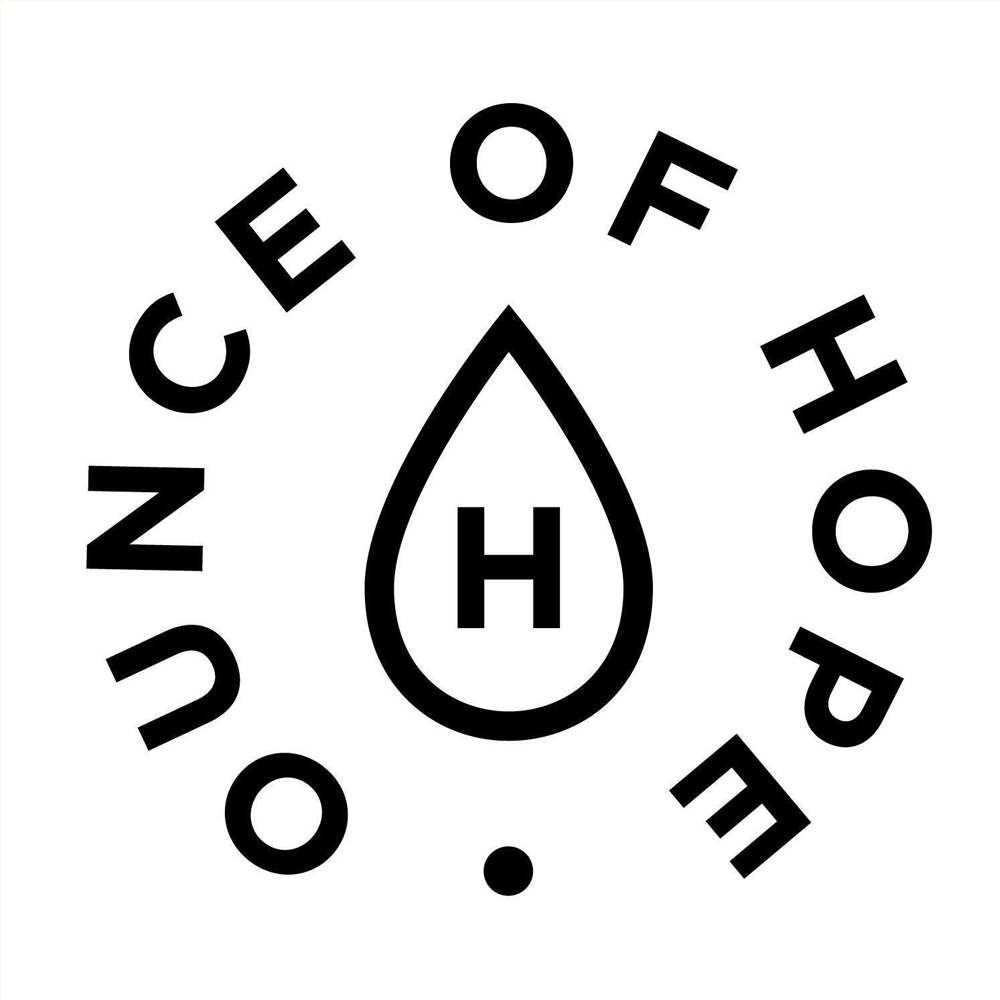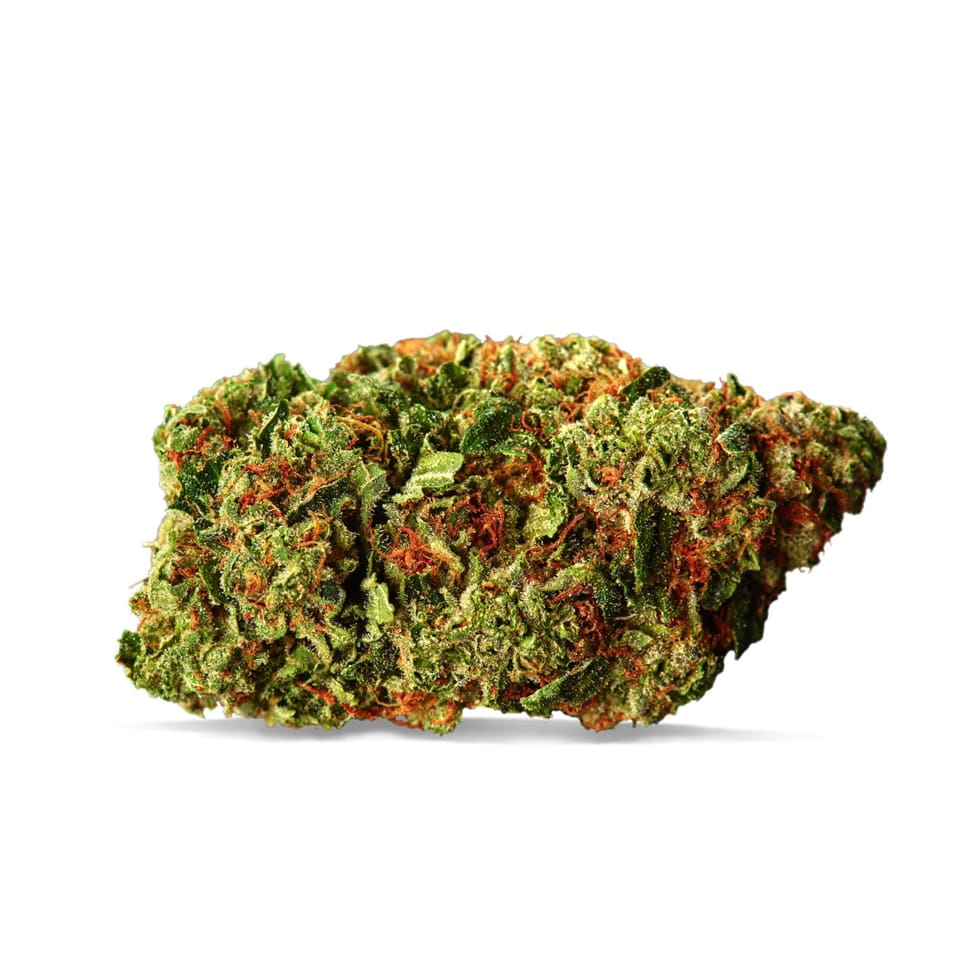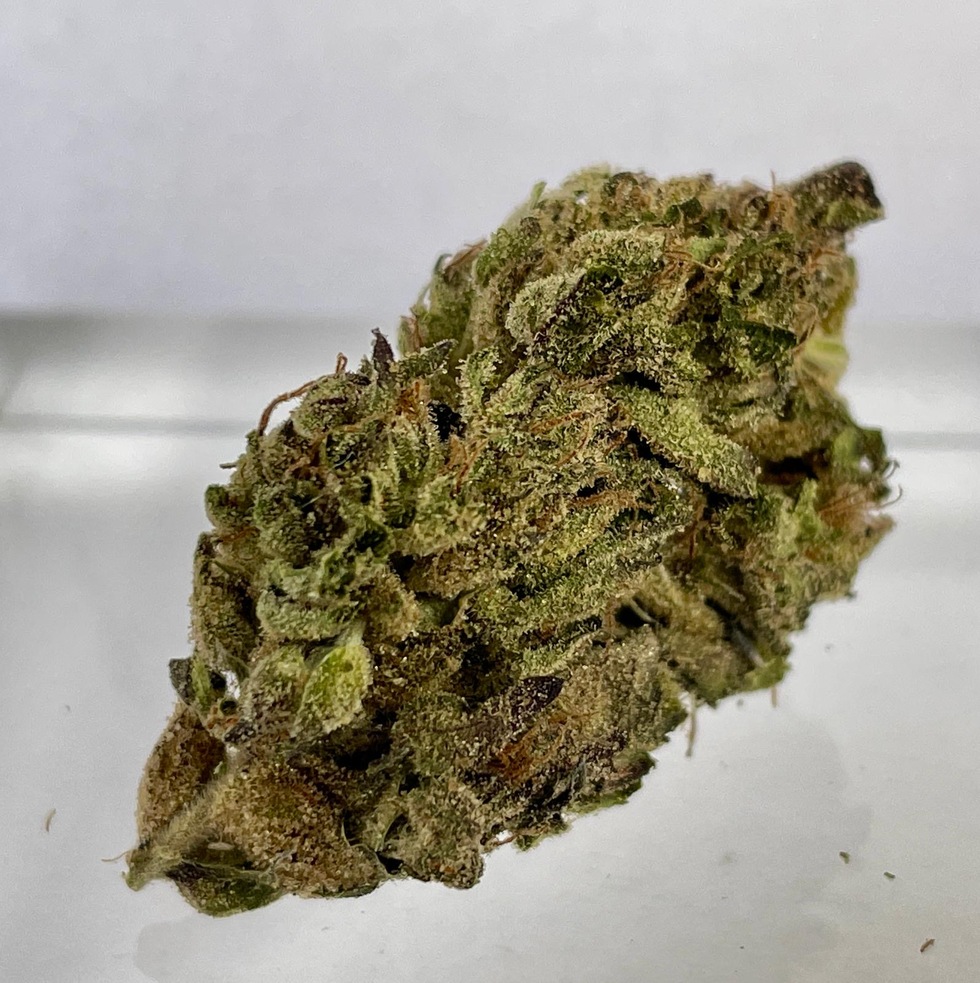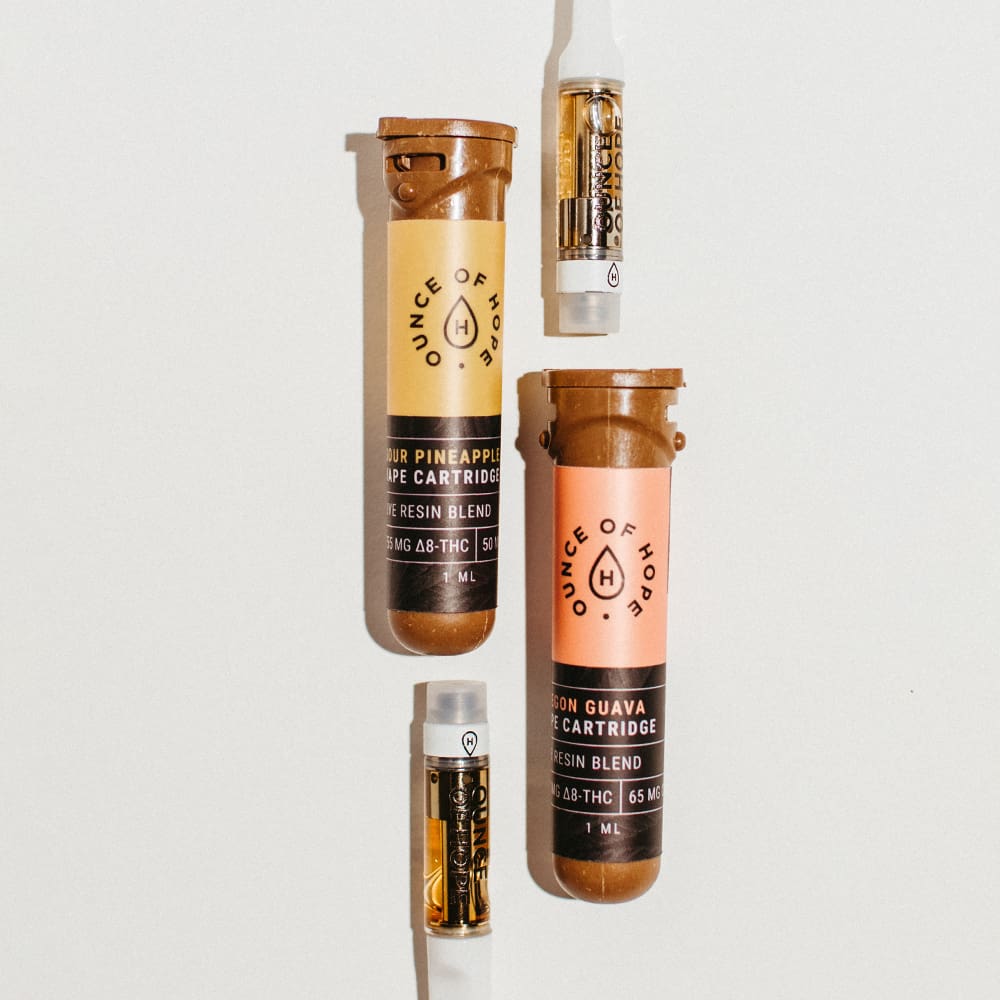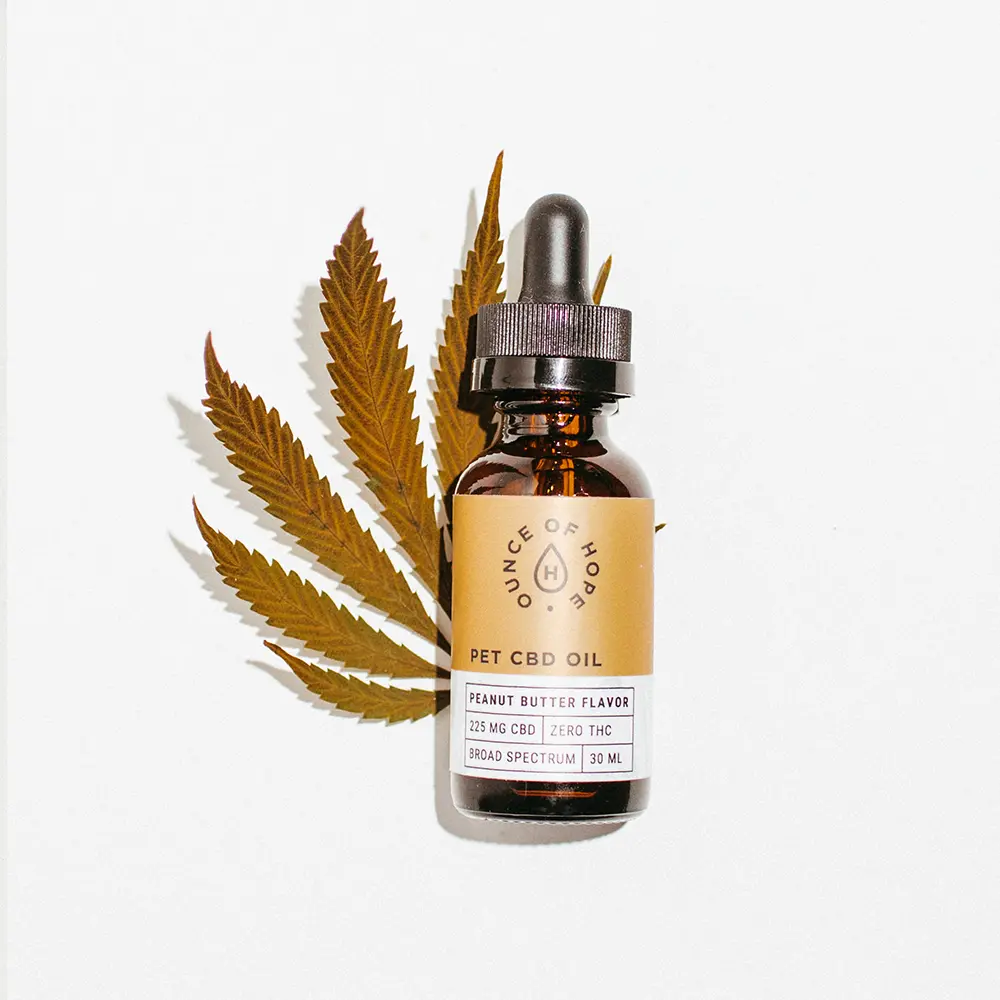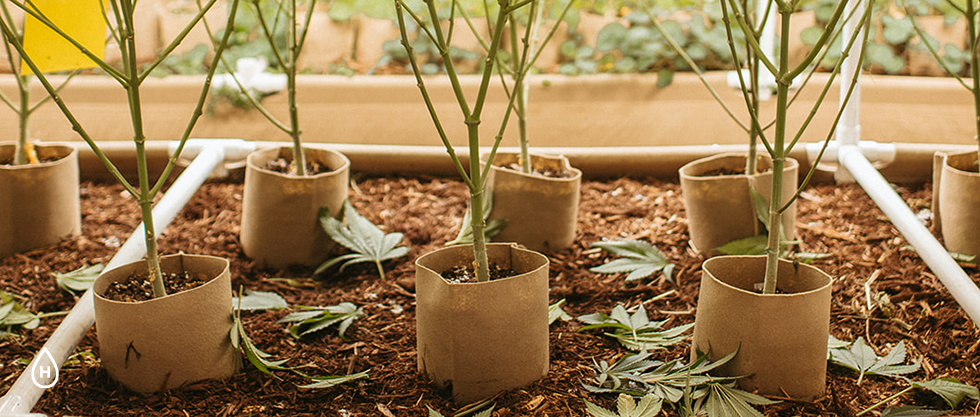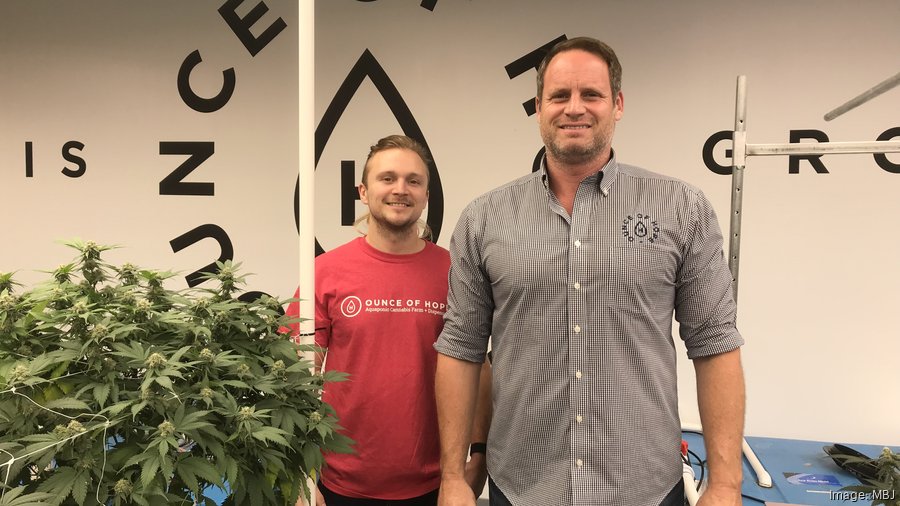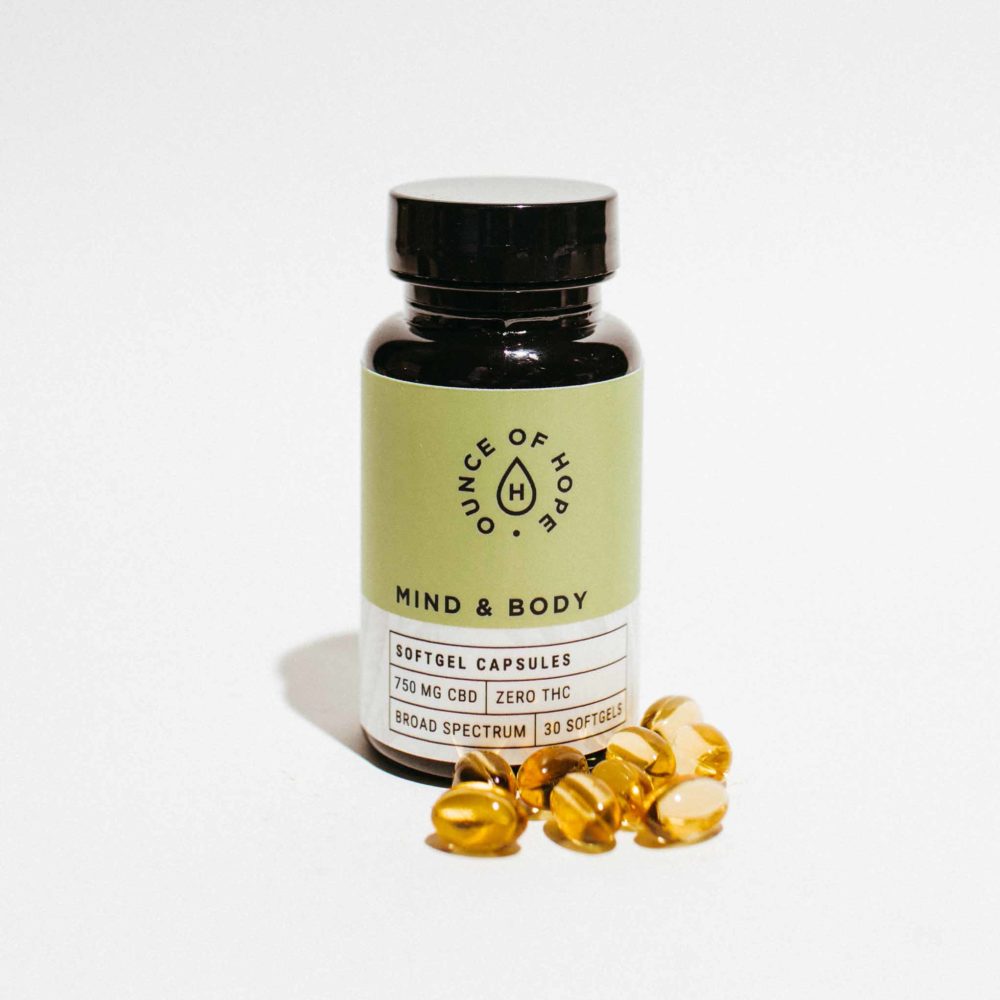Ounce Of Hope Aquaponic Cannabis Dispensary

Sunlight streams through the greenhouse roof, dappling the lush greenery below. A gentle hum fills the air, the sound of pumps circulating water, nourishing not only leafy greens and vibrant herbs, but also rows of thriving cannabis plants. This isn't your typical dispensary; it's Ounce of Hope, a unique aquaponic cannabis dispensary nestled in the heart of [Fictional town name], proving that sustainability and high-quality cannabis can grow hand-in-hand.
Ounce of Hope is more than just a place to purchase cannabis; it's a testament to innovative, environmentally conscious practices in the cannabis industry. By integrating aquaponics, a system that combines aquaculture (raising fish) and hydroponics (growing plants without soil), this dispensary is pioneering a new model for sustainable cannabis cultivation and community engagement.
The Roots of Innovation
The story of Ounce of Hope began with a shared passion: a deep respect for the environment and a belief in the therapeutic potential of cannabis. Founders, Elias Vance and Dr. Anya Sharma, met at a local sustainability conference, bonding over their frustration with the resource-intensive nature of traditional cannabis farming.
“We saw a real opportunity to do things differently," explains Vance. "Conventional cannabis cultivation can be incredibly demanding on water, energy, and land. We wanted to find a way to minimize our environmental footprint while still producing a top-quality product."
Dr. Sharma, with her background in agricultural science, introduced Vance to the concept of aquaponics. It was a lightbulb moment. Aquaponics utilizes the waste produced by fish to fertilize plants, creating a closed-loop system that significantly reduces water and fertilizer usage. The plants, in turn, filter the water for the fish.
After months of research, planning, and securing the necessary licenses, Ounce of Hope officially opened its doors [Fictional date]. It was an instant hit, drawing attention not only for its high-quality cannabis but also for its commitment to sustainability.
A Symbiotic Ecosystem
The heart of Ounce of Hope lies in its intricate aquaponic system. Rows of tanks teem with tilapia, a fast-growing and hardy fish species, provide natural fertilizer for the cannabis plants. The plants, suspended in grow beds, soak up the nutrient-rich water, their roots acting as a natural filter, cleaning the water before it's returned to the fish tanks.
“It's a truly symbiotic relationship,” Dr. Sharma emphasizes. "The fish provide the nutrients, and the plants purify the water. We use significantly less water compared to traditional cannabis farms, and we eliminate the need for synthetic fertilizers, reducing our impact on the environment."
According to data from the Aquaponics Association, aquaponic systems can use up to 90% less water than traditional agriculture. Ounce of Hope is committed to transparency, regularly publishing data on its water usage, energy consumption, and waste reduction efforts.
Beyond cannabis, Ounce of Hope also cultivates a variety of leafy greens, herbs, and vegetables within its aquaponic system. These are sold alongside the cannabis products, offering customers a chance to support local, sustainable agriculture.
Quality and Community
Of course, sustainability alone isn't enough. Ounce of Hope is equally dedicated to providing its customers with high-quality, lab-tested cannabis products. Their selection includes a variety of strains, edibles, topicals, and concentrates, all cultivated and produced with the same commitment to environmental responsibility.
“We believe that sustainability and quality go hand-in-hand," Vance explains. "A healthy environment produces healthy plants, and healthy plants produce high-quality cannabis. Our customers appreciate that they can enjoy premium products while supporting a business that cares about the planet."
But Ounce of Hope is more than just a dispensary; it's a community hub. They regularly host workshops and educational events, teaching people about aquaponics, sustainable living, and the benefits of cannabis.
“We want to empower people to make informed choices about their health and their impact on the environment," Dr. Sharma says. "We believe that education is key to creating a more sustainable and equitable future."
Ounce of Hope also partners with local non-profits, donating a portion of its profits to support environmental conservation and community development initiatives. They believe in giving back to the community that has supported them.
Challenges and Triumphs
Pioneering a new approach isn't without its challenges. Ounce of Hope faced numerous hurdles in the early days, from navigating complex regulations to fine-tuning the aquaponic system. Maintaining a stable ecosystem requires constant monitoring and adjustments.
"There were definitely times when we questioned whether we could pull it off," Vance admits. "But we were driven by our passion and our belief in the power of innovation."
One of the biggest challenges was convincing regulators that aquaponic cannabis cultivation was safe and sustainable. Dr. Sharma’s expertise in agricultural science proved invaluable in navigating the regulatory landscape. In the end, Ounce of Hope's commitment to transparency and its rigorous testing protocols helped to win over skeptical officials.
Despite the challenges, Ounce of Hope has achieved remarkable success. The dispensary has received numerous awards for its sustainable practices and its commitment to community engagement. It has also become a model for other cannabis businesses looking to adopt more environmentally friendly practices.
Looking Ahead
The future looks bright for Ounce of Hope. They are currently expanding their operation, adding more grow beds and fish tanks to increase production. They are also exploring new ways to integrate technology and innovation into their aquaponic system.
“We’re constantly learning and experimenting," Dr. Sharma says. "We believe that there is always room for improvement."
They also hope to inspire other cannabis businesses to embrace sustainability. By sharing their knowledge and experience, they believe they can help create a more environmentally responsible cannabis industry.
Ounce of Hope's success serves as a reminder that innovation and sustainability can go hand-in-hand. It also shows that consumers are increasingly demanding products that are not only high-quality but also ethically and sustainably produced.
"We hope that our story inspires others to think creatively about how they can make a positive impact on the world," Vance concludes. "Together, we can create a more sustainable and equitable future."
As the sun sets over the greenhouse, casting long shadows across the lush greenery, it's clear that Ounce of Hope is more than just a dispensary. It's a beacon of hope, demonstrating that sustainable practices and a commitment to community can cultivate a better future, one plant, one fish, one ounce at a time.




